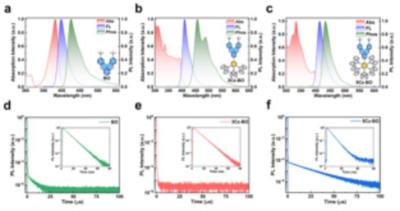Researchers develop a promising seqeuntially-coated stretchable OLED device
Researchers from Korea's Yonsei University developed a new highly-promising stretchable OLED device by sequential coating technique. The new device can stretch up to 70% and maintain 80% brightness after 300 cycles at 40% strain. The OLED offers a maximum brightness of 3,151 nits and a total current efficiency of 5.4 cd/A.
The researchers say that standard stretchable OLEDs (what they refer to as intrinsically-stretchable OLEDs, or is-OLED) suffer from reduced performance due to orthogonal solvent problem and also the standard lamination process may cause defects and delamination. The new technique overcomes these issues.













